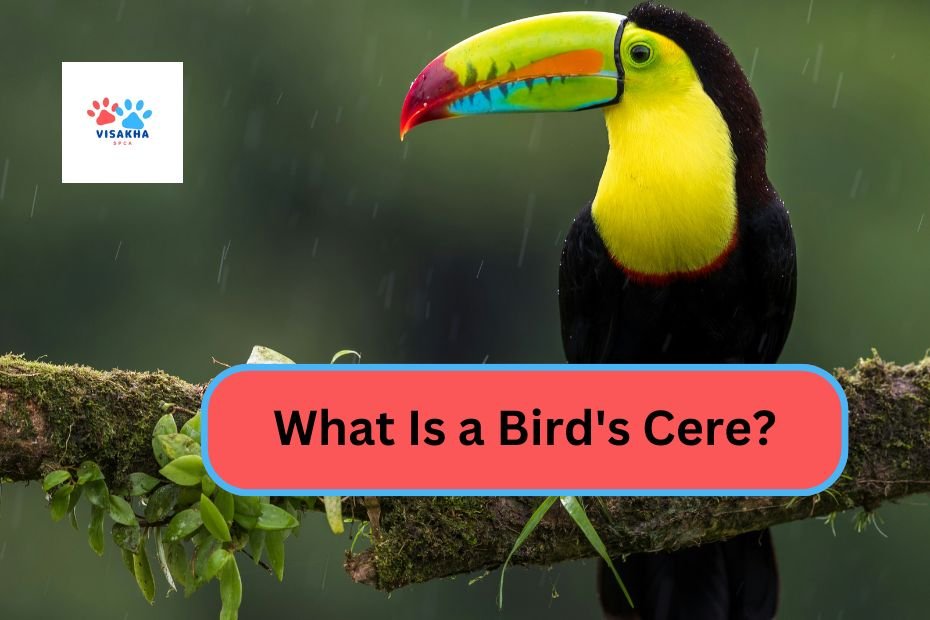The cere is a small, fleshy, often slightly raised area located at the base of a bird’s beak, where the beak meets the forehead. This anatomical feature is particularly prominent in certain bird species, such as parrots, finches, and pigeons. The cere serves various functions and can vary significantly in appearance depending on the species, age, and sex of the bird.
Key Characteristics of a Bird’s Cere:
- Location and Structure:
- The cere is situated above the beak and typically extends to the nostrils.
- It is composed of soft tissue and may appear smooth or slightly textured.
- Color Variation:
- The color of the cere can range from pale pink to bright blue or yellow, depending on the species and individual bird.
- In some birds, the cere changes color with age or during mating seasons, which can be a sign of sexual maturity.
- Sexual Dimorphism:
- In many bird species, the cere can help indicate the sex of the bird. For example, in budgerigars (budgies), males typically have a bright blue cere, while females have a brown or beige cere.
- Function:
- The cere houses the nostrils, allowing for respiration and olfactory functions.
- It also plays a role in communication, as certain color changes or shapes can signal readiness for breeding or territoriality.
- Health Indicators:
- A healthy cere should appear smooth, with no discoloration, swelling, or crusting. Changes in the cere’s appearance can indicate health issues or stress.
Importance in Bird Care:
Understanding the cere’s role and characteristics is crucial for bird owners and enthusiasts. Regularly checking the cere can help monitor a bird’s health and well-being. If there are noticeable changes in the cere’s color, texture, or condition, it may warrant a visit to an avian veterinarian for further evaluation.
In summary, the cere is an essential feature in birds that serves both functional and aesthetic purposes. It can provide valuable insights into a bird’s health, behavior, and reproductive status.

